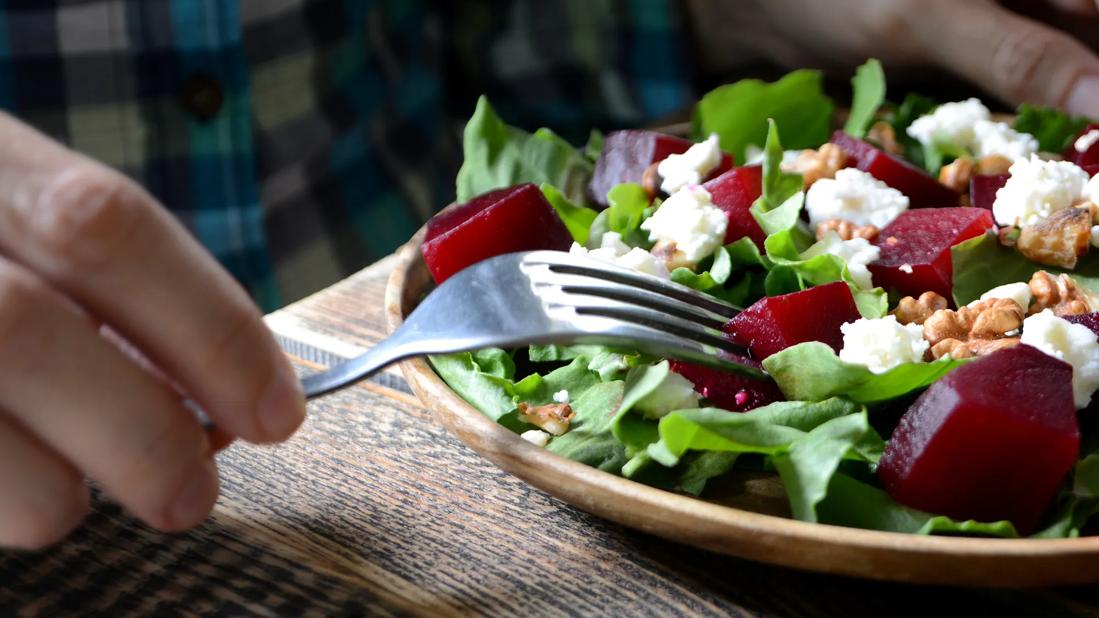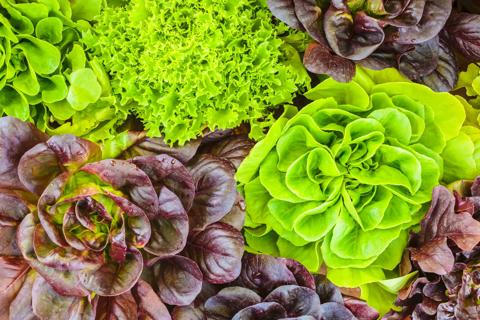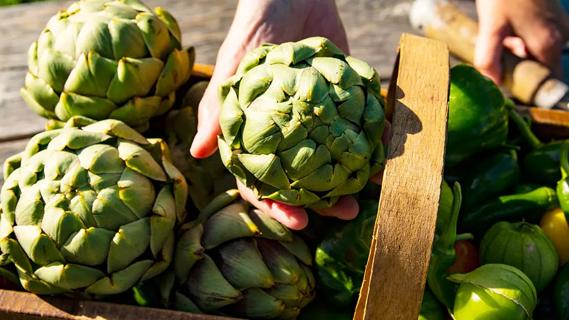Most of the time, beeturia is a curiosity, not a concern

There’s nothing like waking up in the morning, using the restroom … and jumping out of your skin when you notice that your pee or poop is bright red. Are you bleeding, or is that beet salad you ate last night coming back for a visit?
Advertisement
Cleveland Clinic is a non-profit academic medical center. Advertising on our site helps support our mission. We do not endorse non-Cleveland Clinic products or services. Policy
It’s probably the beet salad.
Urologist Andrew Altman, MD, explains why.
Beets can turn your urine and stool red because they contain a pigment called betanin, which some people can’t fully metabolize.
Studies suggest that only about 10% to 14% of the population experiences red pee (beeturia) after eating beets. Beet poop, which hasn’t been honored with a fancy medical name of its own, is far more common.
“If your stomach isn’t acidic enough, a lot of that pigment will get by the stomach and be dumped into the colon instead,” Dr. Altman explains. “That’s why eating beets is more likely to turn your stool (poop) a reddish amber color.”
Though beet pee is far less common, it’s more likely if you eat a lot of beets at once.
“When you eat lots of beets, the betanin is absorbed through the wall of the gut and enters your bloodstream,” he continues. “When that blood gets filtered by your kidneys, you end up with red urine. But it doesn’t happen that often.”
If you’ve ever wondered why some meals with beets in them change your pee or poop color and others don’t, you’re not the only one. Turns out, there are lots of different factors that determine the impact eating beets has on your waste. Let’s take a look.
Advertisement
The way you prepare and eat beets may dictate whether eating them changes the color of your urine and stool.
“Beeturia happens with pure beets, not foods with processed beet flavor in them,” Dr. Altman clarifies. So, that breakfast cereal that uses natural dye and the beet powder you add to your smoothies are unlikely to have any effect.
And raw beets and beet juice are likely to create a stronger pink or red hue than cooked beets. The number of beets you eat or drink can affect your pee and poop color, too.
Side note: Golden beets aren’t red. But they do contain betanin. And that means they, too, can give your pee and poo a pinkish hue.
As with your pee, the acidity level of the fluids in your stomach and small bowel helps dictate whether you’ll have red urine or stool after eating beets. Ditto for systemic imbalances, like metabolic acidosis (too much acid) or alkalosis (not enough acid).
Genetics, your diet and chronic conditions like diabetes can affect acidity levels throughout your body, too.
Beet pee can sometimes be associated with iron-deficiency anemia, though the same isn’t true of beet poop.
“Beeturia is connected with iron-deficiency anemia because most of the beet ends up being broken down in the stomach and the proximal gut,” Dr. Altman says. “There’s less betanin dumped into the lower gut, which means less red pigment in the stool.”
Interestingly, having too much iron in your blood (hemochromatosis) may also increase your odds of beeturia.
So, if you notice that eating beets turns your pee red, do you need to see a doctor? Beeturia won’t necessarily raise any eyebrows at your provider’s office
“I don’t ask people about beeturia to look for iron deficiency anemia,” he continues. “But if someone mentions it, I’ll look in their chart — just to check on the hemoglobin and hematocrit levels from their most recent bloodwork. If they’re low, then I’ll make a referral, usually back to their primary care provider.”
You’re more likely to experience red pee and poop after eating beets if:
In the past, some people theorized that having red pee or poop after eating beets was a sign of a beet allergy. But researchers now know that an allergy is unlikely to affect your pee or poop color.
While seeing a bunch of red in your toilet can be frightening, there’s nothing dangerous about the red pee or poop you get from beets.
Advertisement
“It’s totally benign,” Dr. Altman reassures. “It’s more of a curiosity, and on its own it doesn’t really mean much.”
Red pee and poop that isn’t caused by betanin is another story altogether.
When it’s not related to beets, red urine or poop can be a sign of real medical problems.
“If it’s not beeturia, it could be blood in your urine (hematuria) or blood in your stool (hematochezia),” Dr. Altman stresses. “That’s serious and has to be investigated further.”
Always contact your primary care provider if your pee is pink, red, brown or black and if:
If you’re being treated by a urologist or gastroenterologist for an ongoing problem that involves bleeding — like ulcers, kidney stones or hemorrhoids — contact them instead of your primary care provider.
Advertisement
While beets changing the color of your pee or poop can be a bit disconcerting, don’t let that keep you from eating them.
“They taste great, and they’re good for you,” Dr. Altman says. “Just make sure you take occasional beet breaks so you can be sure they’re behind the red in your toilet.”
Advertisement
Learn more about our editorial process.
Advertisement

This root veggie can also benefit your gut, heart and eyes

As the stalky vegetable breaks down, it leaves behind sulfuric byproducts that can make your pee stink

This cruciferous veggie boosts your bone, eye and heart health and contributes to a lower risk of cancer

Some diets shun them, but research hasn’t concluded that they’re harmful

This versatile type of seaweed may help support weight loss, bone health and cancer prevention

Pickles are low in fat and calories and rich in some vitamins and minerals, but they’re usually high in sodium

Lettuce is a versatile vegetable loaded with antioxidants and good-for-you nutrients

This unique-looking veggie is fiber-dense and antioxidant-rich, and can improve the health of your gut, liver and heart

Babies can get congested easily, but you can calm their cough by keeping them hydrated, using nasal drops and running a humidifier

Weight loss may cause loose, sagging skin and muscle loss to your rear

Several conditions, like vitiligo and fungal infection, can cause a loss of pigmentation, leading to white spots or patches on your skin